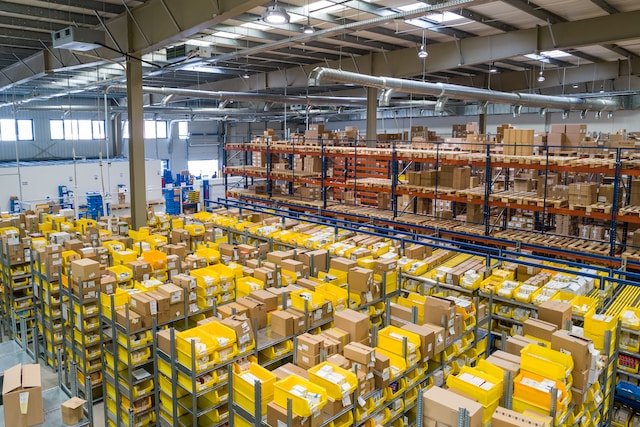The United States has gone through decades of deindustrialization and the economy transforming into a mostly finance-based system with inherent “boom and bust” cycles that are more “smoke and mirrors” than “meat and potatoes.” This vicious circle started in the 1970’s when competition from Asian Tigers like Japan first started to hit major US industries with superior products.
The emergence of China as a low-wage manufacturing base did nothing but increase the outsourcing of manufacturing production, hastening the pending death of the US welfare state built on the wreckage of the Great Depression. Recently, even service jobs have been outsourced to countries like India and omputers and robotic systems are beginning to replace humans in industries across the board.
The economic crisis of 2007 and the ensuing bailout, continuing U.S. trade deficits, budget crises, skyrocketing health care costs and aging populations have done nothing to quell the constant drumbeat of gloom and doom for the United States, Europe and perhaps the world. Visions of a society controlled by the super rich 1% running the world with nerds and robots while 99% wallow in unemployment and poverty has seemed a foregone conclusion.
In a world like this, employment of whatever kind would become scarce and super competitive. Today, the fact that engineering graduates from top schools are having a tough go of finding a job speaks to the sputtering world economy and the general feeling of malaise.
Finally, with increasing frequency, the United States and its allies have been involved in wars in the Middle East. These wars have been expensive in terms of both life and treasure costing more and more each time: Persian Gulf War (1990-1991) $102 billion, Iraq War (2003-2010) $715 billion, Afghanistan War (2001-2013) $1.3 trillion. With the aforesaid budget issues in the United States, this kind of spending cannot continue.
Major Paradigm Shift Underway
In fact, the United States is entering a new era of energy independence and likely a new era of prosperity. Rapidly expanding oil and gas production from shale will make the United States the world’s number one producer of oil, gas and biofuels, eclipsing Russia, Saudi Arabia and Iraq by 2020.
The United States currently imports about 52% of its energy needs and this will decline to 20% by 2020; if energy supplies from Canada are included as “local supply,” the United States could further lower its dependence on the Middle East. Not only will the US now have fewer, if any, strategic interests in the Middle East, it will no longer have to compete with China, India and Japan over energy.
Recent reports suggest that major European companies are contemplating relocating significant amounts of their operations to the United States to take advantage of low energy prices which are likely to stay low for decades. In addition, US productivity has been growing faster than in Western Europe, 2% a year from 2005 to 2010, while in Europe, 0.4% annually. The barons of Europe want a piece of this action.
The following chart shows industries likely to remain offshore and industries close to returning to the United States.
Manufacturing Renaissance Will Lead To 3 Million New Jobs
In a recent report, “U.S. Manufacturing Near The Tipping Point” the Boston Consulting Group outlines how the U.S. manufacturing renaissance will unfold over the next decade. The change in the energy equation is prompting US companies to consider returning manufacturing operations to the United States and it is already underway. The overwhelming cost and regulatory advantages China has enjoyed for several decades is coming to an end as wages there have begun to rise and environmental regulations are getting teeth. Companies are looking at the cost of doing business and global cost structures and concluding that the United States looks like an attractive place to do business once again.
If the United States were to begin producing 30% of the goods that are now imported from China, it would add up to 55 billion in output annually to the domestic economy. A manufacturing renaissance would also lead to an increase in exports directly and indirectly, creating 2 to 3 million jobs in the US, reducing unemployment by up to 2% and cutting the non-oil trade deficit up to 35%. Boston Consulting Group believes these estimates are conservative.
The following chart shows industries that will be affected and the amounts involved as manufacturing is “repatriated” to the United States.
Outlook For Engineers
Recent reports on the outlook for engineers in the job market are mixed. With the sluggish economy companies are in the position of being very selective. Currently, there is an oversupply of engineers in some fields. If the Boston Consulting Group report referenced above is correct, engineers should be patient and get as much training and experience as possible in preparation for the coming expansion, which should keep them gainfully employed for decades.






